Brand-building strategies can seem fairly abstract and impenetrable for many companies. Luckily, there are several branding tools and theories that an enterprise can apply to create a cogent identity. While many aspects of brand strategy are about emotional resonance, a clear and rational approach can help eliminate the guesswork from the process.
This article will shed some light on the brand story creation process. It dives into the various theories around branding and turns them into a discreet, step-by-step process.
Building a Brand Story
In terms of building brand identity vs brand strategy, you need the former first before you can build the latter. The identity needs to be an emergent property of the brand story. These might sound like wishy-washy sentiments, but they operationalise brand objectives.
Every brand has a story baked into its existence. The difficult part is defining it in a meaningful way and communicating that meaning properly. Thankfully, many tools can help create a resonant identity.
Here’s an efficient way to build your brand story with a proper framework:
- Decide your brand personality.
- Analyse what glue value most fits your mission and product.
- Pick a brand metaphor (if applicable).
- Develop a brand story.
There were a lot of terms, so let’s break them down.
Brand Strategy Framework
Modern branding techniques often help categorize brands into appropriate categories to allow for generic strategies. While these should not be the end-all-be-all of strategy, they provide a decent roadmap to follow. Brand personality is one such model:
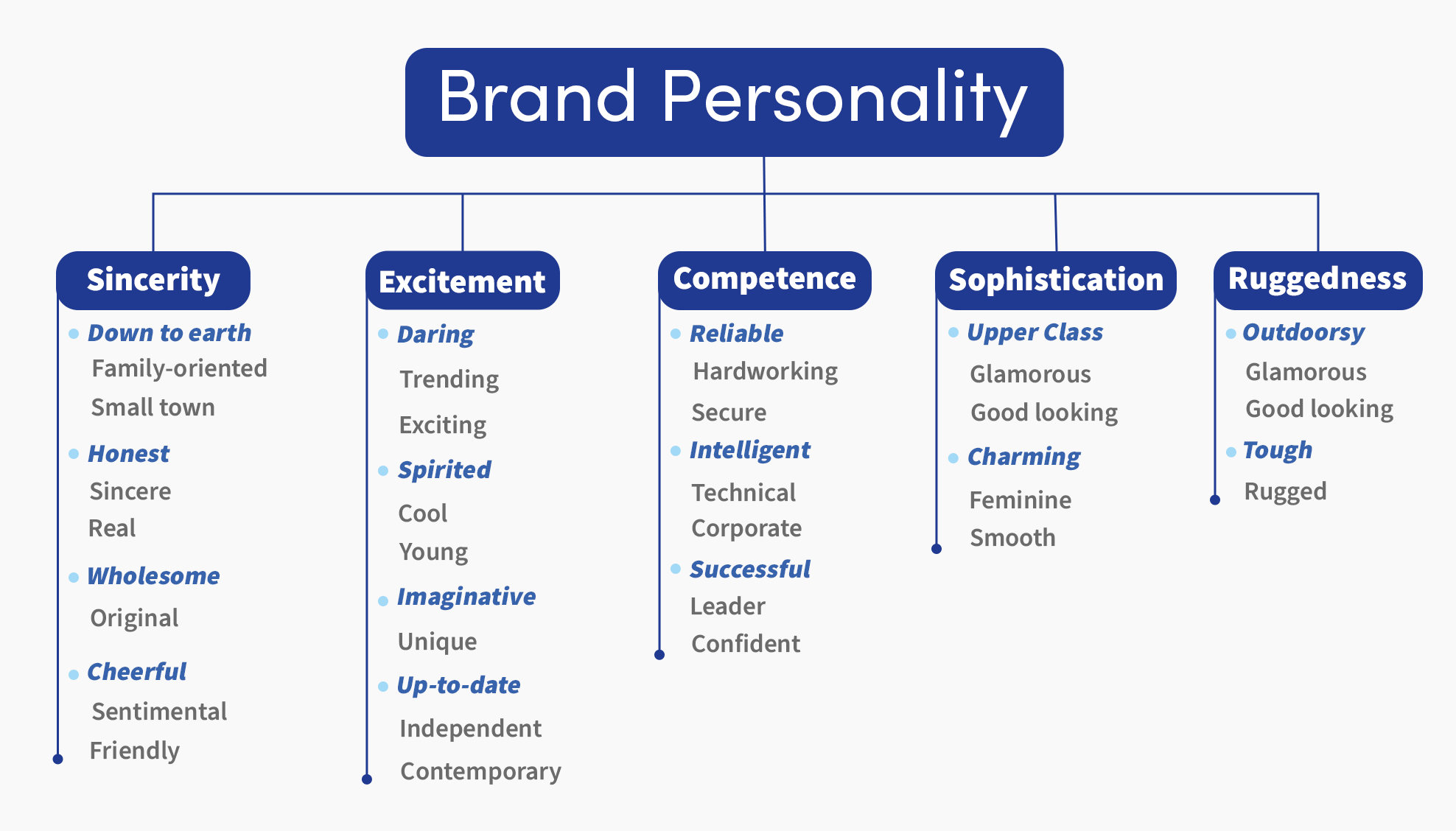
As the image above shows, companies can be categorized into personality types based on what image they wish to project. The different types of brand personalities can help align future objectives and provide templates for how best to approach customers. Keep in mind, this has just as much to do with how the brand sees itself as it does with how the public receives it.
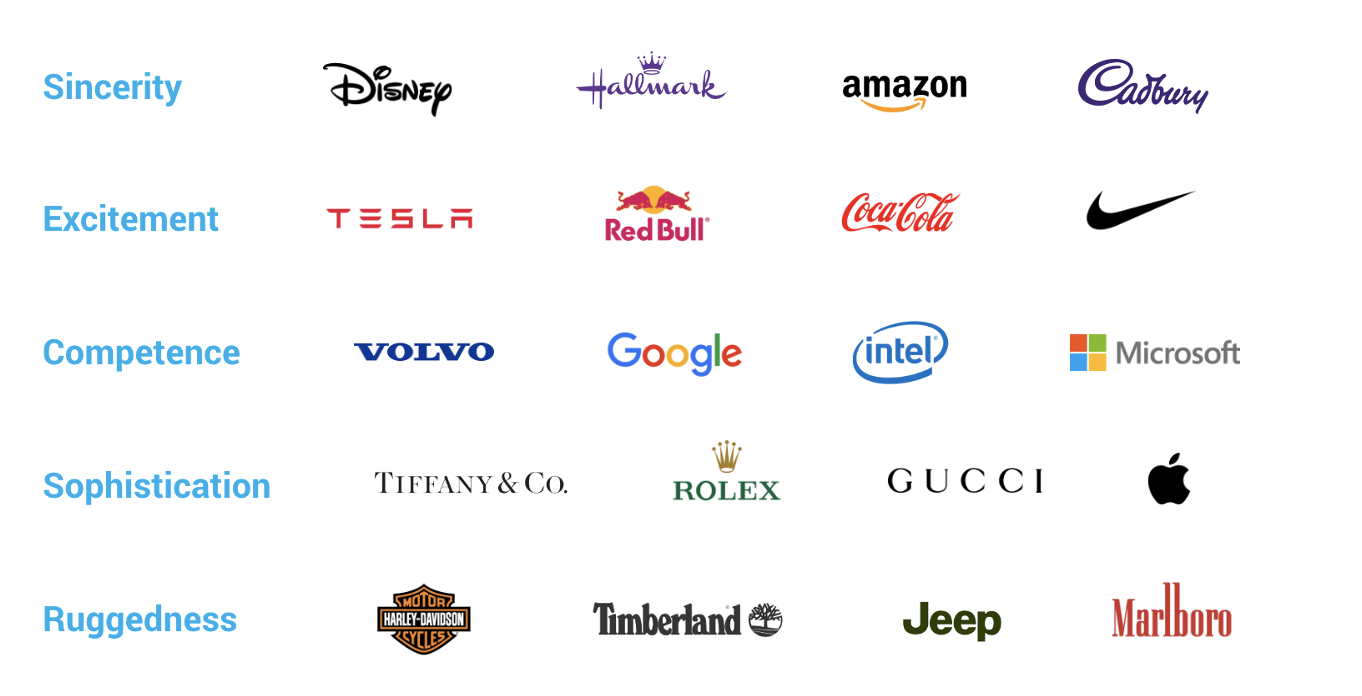
- Sincerity: Targets a wholesome image or an honest, friendly feel. Think Disney or Whole Foods.
- Excitement: Attracts customers with an element of daring or imaginative/innovative or world-changing messaging. Red Bull or Tesla could fit here, as they both try to excite people, albeit in different ways (the former uses daring stunts while the latter promises world-changing tech).
- Competence: Reliable, successful, competent brands like Google (a lot of tech firms play into this messaging style).
- Sophistication: Glamorous and showy as the primary attribute, much like Mercedes or Rolex.
- Ruggedness: Manly, burly, outdoorsy, and “tough”. Companies like Jeep or Harley-Davidson fit this category.
Some brands skirt the lines between two or more of these categories, so these aren’t fixed models. Rather, they are guidelines to approach strategic thinking.
Glue Value & Brand Strategy
Glue value is the level of attachment customers develop with your product. This factor can decide what symbolic value consumers may attach to the brand and how the company should approach its messaging. As one might imagine, this is a consumer/client-centric model.
Glue value categories run from category 1 to category 5. The lower levels of attachment are related to a very commercial, transactional level of interest. These products are especially substitutable and are selected less for their brand story or emotional resonance.
The higher categories contain products that have a strong emotional pull based on the brand alone. Brands with higher emotional resonance tend (though not always) to be more and more niche in their appeal. They attach quite strongly to the identity or values or psychological needs of consumers in different ways.
Glue value can help decide how to build messages and also convey your brand story. For example, a company in category 3 could be a firm whose attachment to consumers hinges on cultural trends or contexts and not as much on the product. This would be a company like Oatly, whose target group’s main interest is related to sustainability and eco-friendliness.
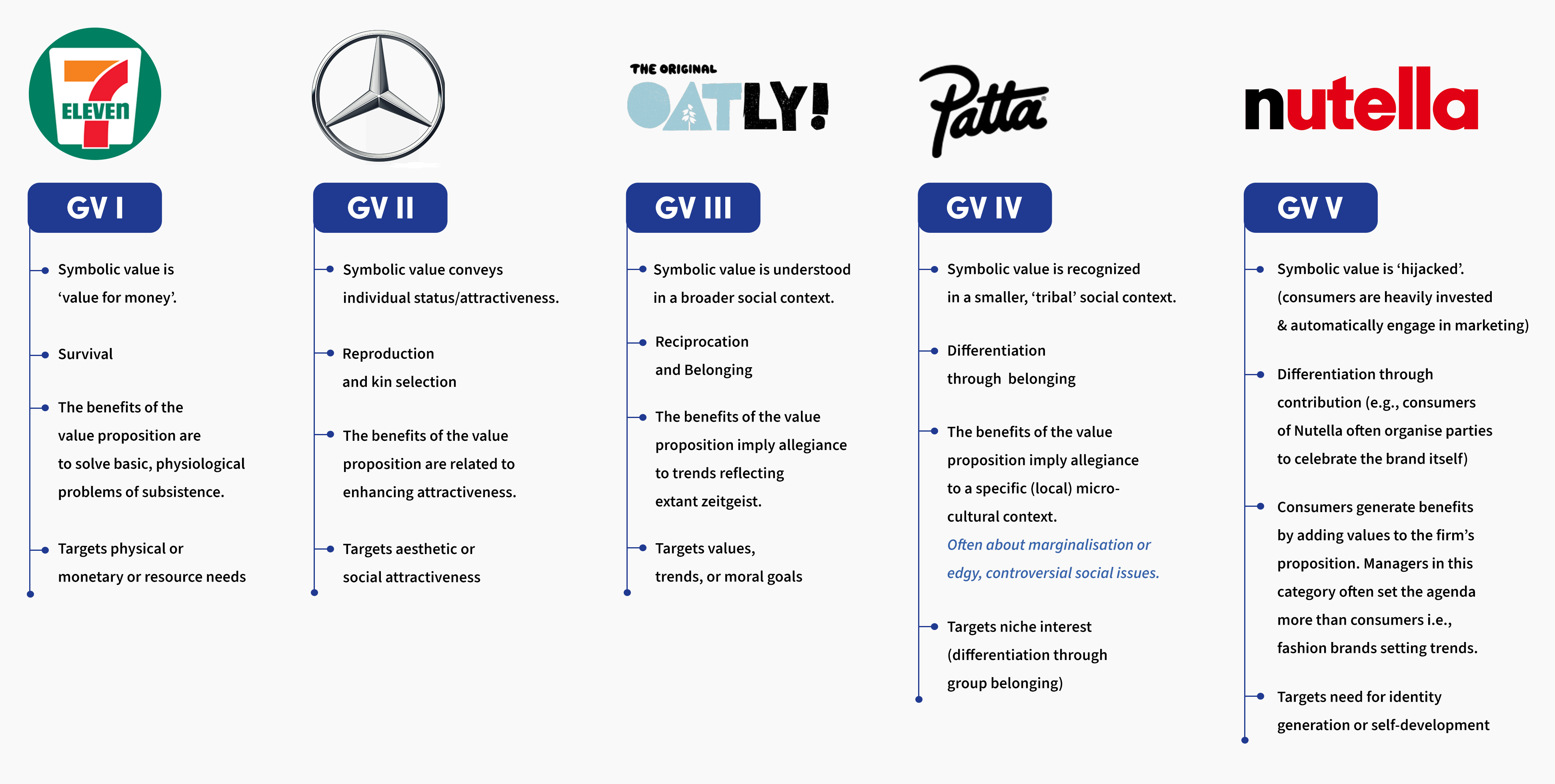
B2B Glue Value Approaches
Low glue value doesn’t mean lower profits but rather requires a different strategic approach. After all, most B2B brands have low levels of emotional attachment (barring exceptions like Apple or Google). B2B brand messaging would be ineffective without a realistic understanding of this factor. Incidentally, most of these companies are in glue value category 1 i.e., they only have a rational, monetary relationship.
This factor is borne out in the rationales most companies give for their choice of suppliers or partners. Most companies are not emotionally attached to any of their B2B suppliers and would leave them for a better offer. This is why any communication strategy may be better off building a digital brand presence with outreach through ads, email marketing or e-newsletters, offers, and offline strategies like trade conventions.
Brand Metaphors
Another parallel way to tie messaging and communication styles thinking in terms of “deep metaphors“. Much like brand personalities, these offer modes of thinking that can be employed in conjunction with brand analysis. These templates provide a means of giving direction to any messaging and deciding what appeal communication should have with consumers.
These metaphors work like literary themes that one can use to craft a compelling message. These can be indicators that indirectly convey the brand’s voice. They also allow for a brand to express the intangible benefits of a product and convey emotional needs. Consequently, they are a useful way of exploring non-rational messaging.
Deep Metaphor Examples
- Balance: tends towards equilibrium and adjusting forces. Consequently, It is based on the belief that symmetry and order, whether physical or metaphorical, are of utmost importance.
Examples range from “balanced diet” foods to symmetry in design to balance as a concept in news and information.
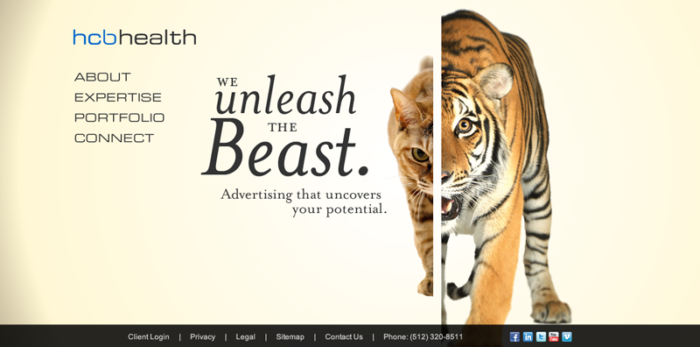
- Transformation is about changing a certain state or status into something new.
Digital transformation is one way that tech companies deploy this metaphor but it can also be used for health foods or “before and after” ads.
- The journey is a story-telling metaphor used frequently to describe life itself and our relation to time. The metaphorical journey always refers to a process, especially the progress people make over some time or during a physical journey/adventure.
Evolution of a product or a trailer for a show’s season finale recapping the show. Physically, ads could also use a map to compare how a company has extended to new territories.
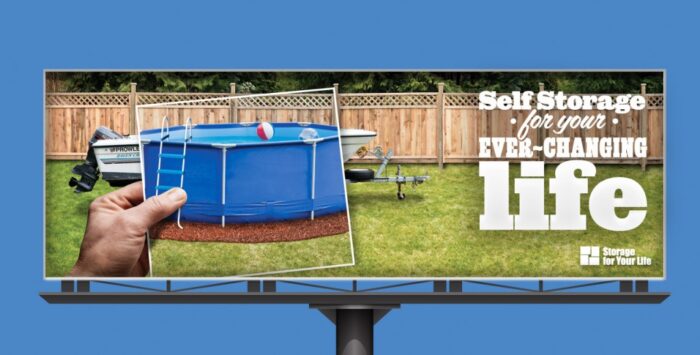
- The container metaphor describes secure storage. Thus, it has 2 functions: keeping precious things in and keeping dangerous things out.
This sort of messaging is applied by cloud storage companies and also security apps.

- Connection can embody the sense of belonging to a place or to a social group.
Every social media company uses this but it’s also employed by socially or environmentally conscious brands.

- Resources can play into our survival needs, positioning products as crucial resources to acquire them (cell phones as the “key” to communication or motor oil as the “lifeblood”). The metaphor also connotes something prized and valuable.
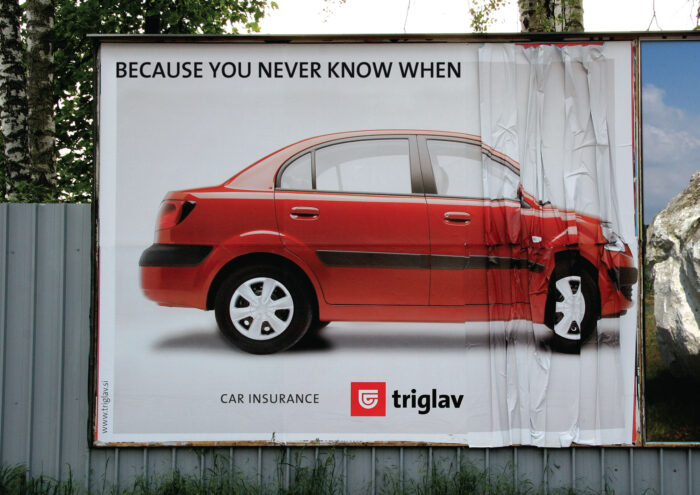
- Control utilizes the need for agency in our lives. It can extend from privacy to job security to childcare.
Insurance companies and data privacy firms are prime examples.
Brand Communication Strategy
How brands communicate with consumers or clients ultimately decides how much staying power they will have. A long-term brand strategy should build off of the elements discussed earlier, using them as a means to arrive at the logical next step for a company. Once the company has a grip on its brand story and consumer base, it can draw up a brand messaging matrix.
The matrix can also be a great way to drive online brand engagement. For example, you can use it as a template for writing online posts and keeping track of channels. It’s also a great way of grounding a marketing message strategy and making it practical.
The brand strategy process has a lot more to it but hopefully, this primer on telling your story has been insightful. If you’re interested in building your company’s image but don’t know where to start, our marketing and brand strategy services might come in handy. We offer online marketing and digital brand strategy consulting for online businesses.


